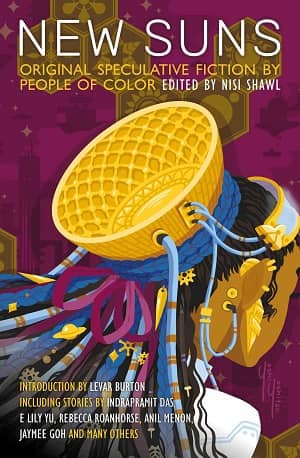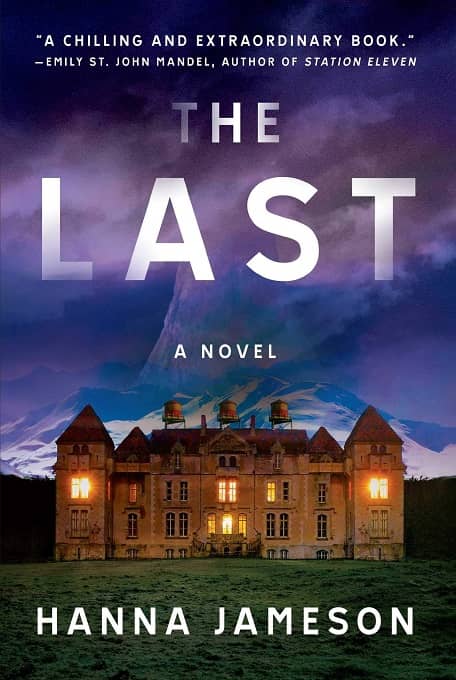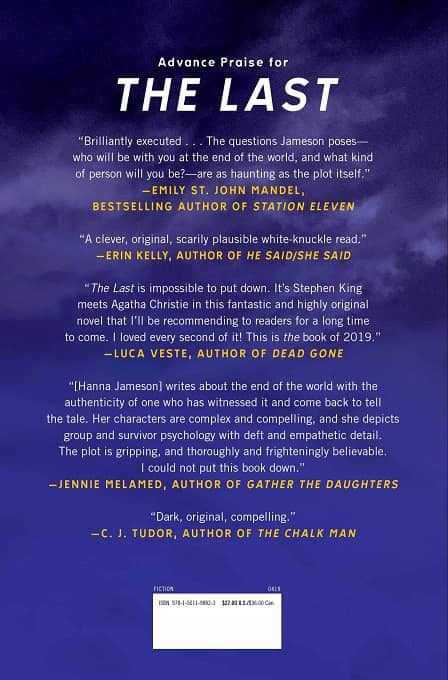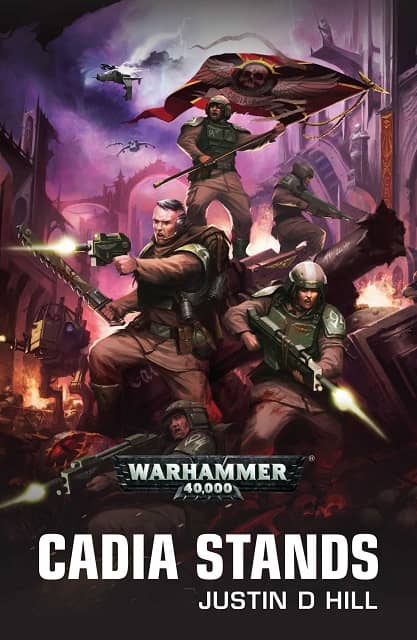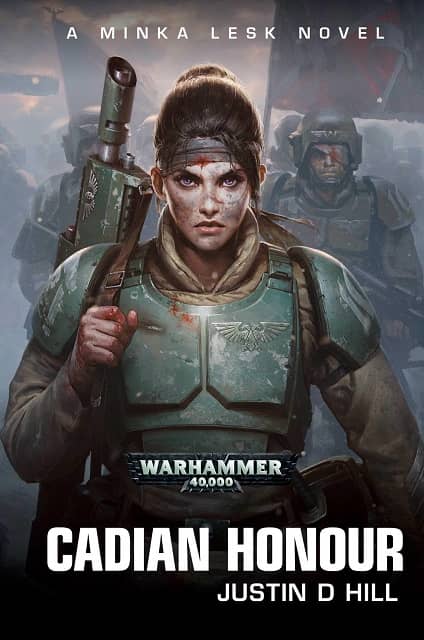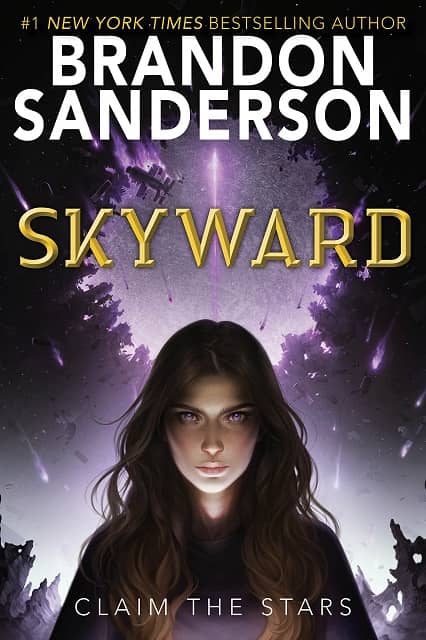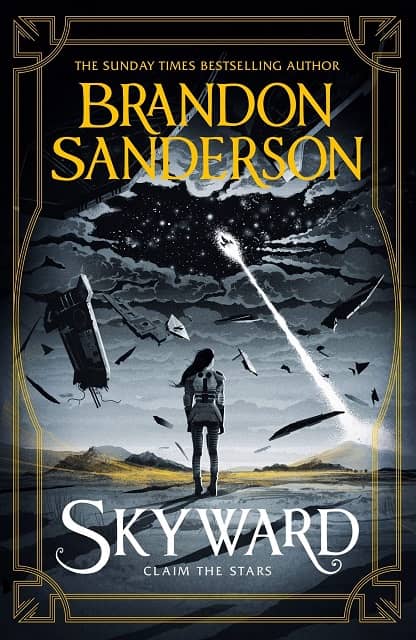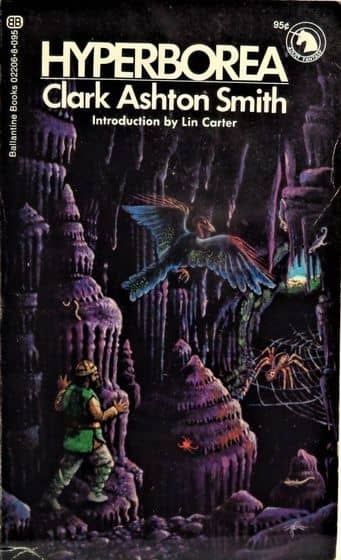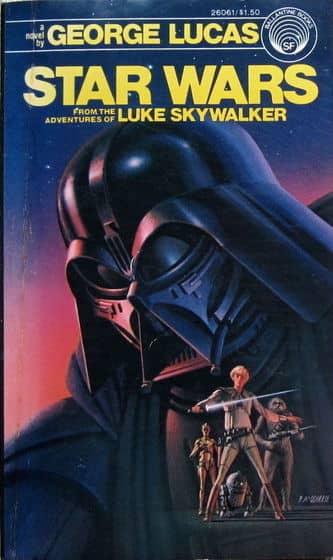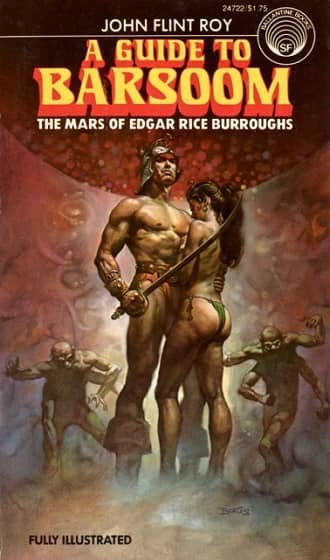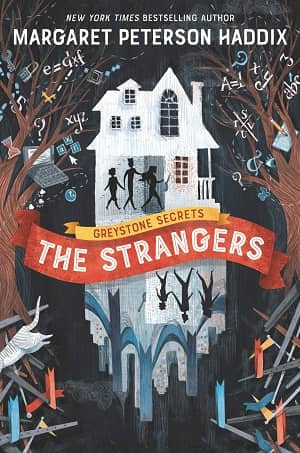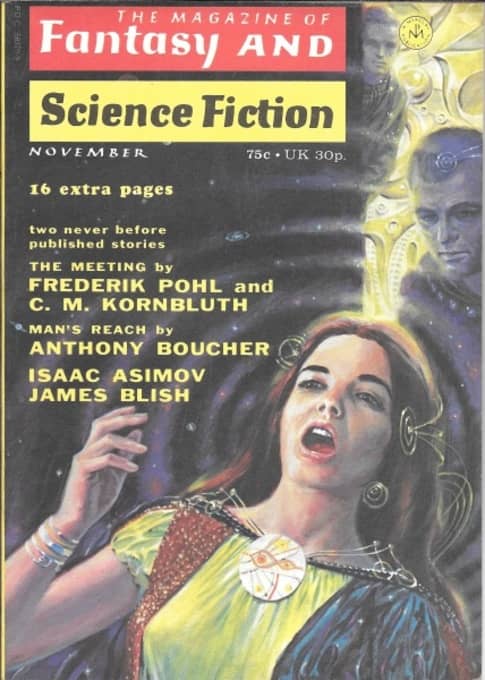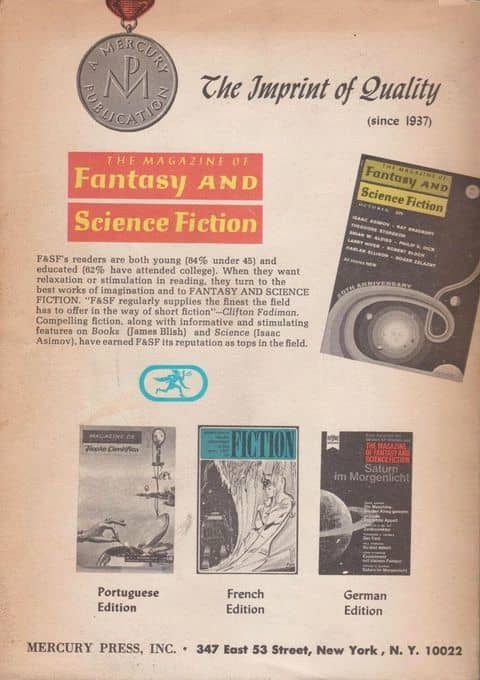Eighties Fantasy Classics: Six of Swords and Exiles of the Rynth by Carole Nelson Douglas
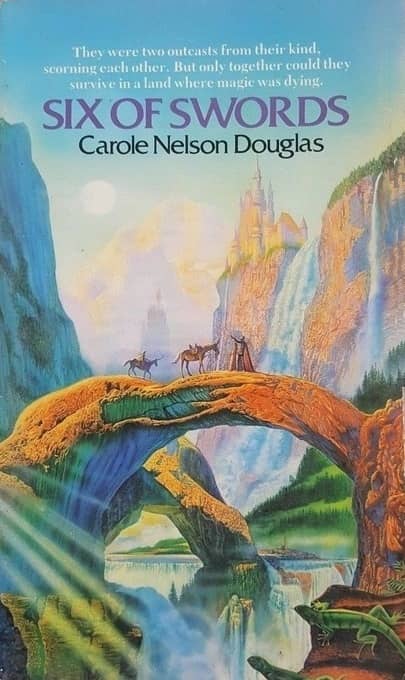 |
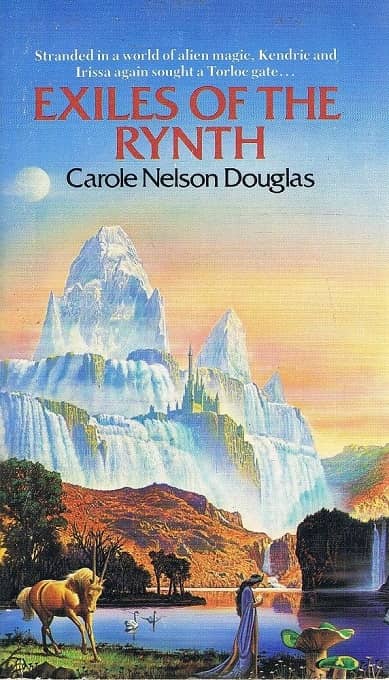 |
Corgi editions of Six of Swords (1985) and Exiles of the Rynth (1986); art by Steve Crisp
I started reading fantasy as a teenager during the second half of the 1980s. A friend recommended Anne McCafferey’s Pern books, readily available at the public library. Another friend whom I had recently started playing D&D with was very much taken with David Eddings’ Belgeriad and advised me to give them a bash. I have since grown out of Eddings, but at the time I thought The Belgariad was the best thing since sliced bread.
I began to mince about the fantasy and science fiction shelves in local bookshops. The main chain store bookseller of the day predominantly stocked British publishers; mainly Corgi, Grafton and Orbit. Corgi was the most accessible, being moderately cheaper than Grafton. They also had a habit of including advertisements in back pages. One came up consistently; Six of Swords by Carole Nelson Douglas. It looked interesting , and I picked it up in a clearance sale and read it sometime in the mid 1990s. I eventually discovered the sequel, Exiles of the Rynth, and a follow on series, the Sword and Circlet trilogy. I thought I would concentrate on the first two here, and post about the others in due course.
I will not go too much into the development of 1980s fantasy. Matthew David Surridge explored how the decade in many ways was a proving ground for the Big Fat Fantasy that followed in his review of Lyndon Hardy’s Master of the Five Magics series, and touched on the topic several times in his book Once Only Imagined: Collected Reviews, Vol II. What I can say is that my fantasy baptism mostly occurred in the 80s, notwithstanding my dabbling with Jane Gaskell. As such I was unencumbered with other expectations. I only got around to Robert E Howard and JRR Tolkien right at the end of the decade.
